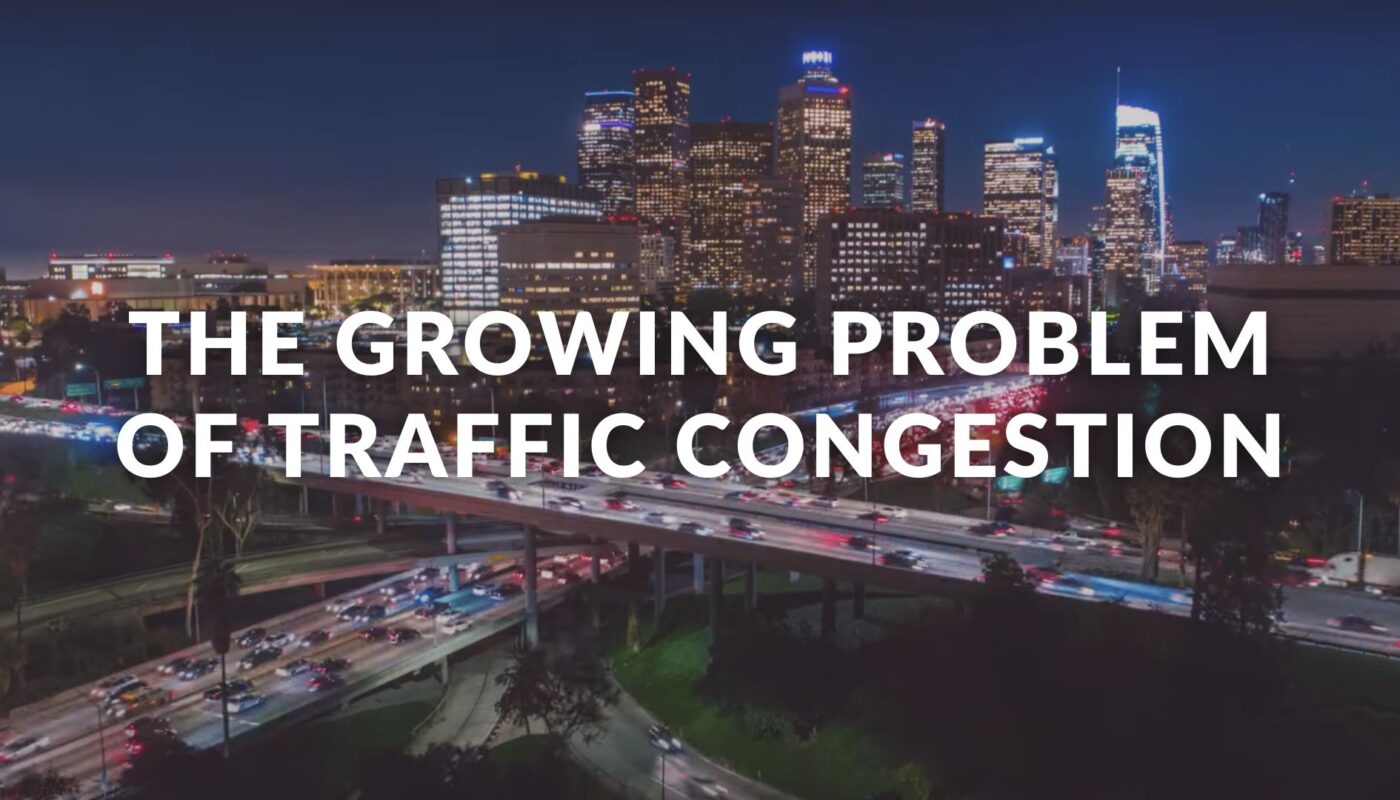Among the toughest urban problems of the twenty-first century is traffic congestion. Millions of people all throughout the world deal with blocked roads, lost time, and too high gasoline use every day. The environmental effect is similarly concerning; urban transportation makes up about thirty percent of world CO₂ emissions.
In smart traffic control, artificial intelligence is starting to show transforming power. Using real-time data, predictive analytics, and automation, AI-powered systems can greatly lower carbon emissions, ease traffic congestion, and maximize transportation networks. Already starting to use AI-driven traffic solutions are cities including Singapore, Los Angeles, and Amsterdam; the outcomes are encouraging.
The Growing Problem of Traffic Congestion
The average commuter in big cities, including New York, London, and Paris, loses 100 to 150 hours annually caught in traffic, citing the 2023 INRIX Global Traffic Scorecard. Congestion costs drivers in the United States alone around $100 billion yearly in lost productivity and wasted gasoline.
Congested roadways aggravate environmental issues in addition to delaying commuters. Studies find that idle vehicles spew up to 10 times more pollutants than moving autos. Increased greenhouse gas (GHG) emissions, bad air quality, and growing public health issues, including respiratory diseases, follow from this.
Fixed signal timings and human-operated controls—which are usually insufficient in reacting to erratic traffic patterns—are the foundation of traditional traffic management systems. But AI presents a dynamic, statistically based substitute.
How AI is Revolutionizing Smart Traffic Management
1. AI-Powered Traffic Signal Optimization
Smart traffic signals are among the most instantaneous ways artificial intelligence is easing congestion. While traditional traffic lights run on set timings, artificial intelligence-based systems may instantly change signals depending on traffic volume, pedestrian activity, and even weather conditions.
- Example: Pittsburgh, Pennsylvania, implemented AI-driven traffic signals developed by Carnegie Mellon University, leading to a 25% reduction in travel time and 20% lower emissions.
- AI-powered signals use computer vision and machine learning to analyze real-time data from cameras and sensors, adjusting light patterns accordingly.
- This approach not only improves traffic flow but also reduces fuel consumption by minimizing unnecessary stops.
2. Predictive Traffic Analytics
AI doesn’t just react to traffic—it predicts it. By analyzing historical data, real-time road conditions, and GPS information, AI can forecast congestion before it happens.
- Google Maps and Waze utilize AI-driven predictive algorithms to provide alternative routes based on traffic conditions.
- AI-powered traffic forecasting can reduce congestion by up to 15% in urban areas by rerouting vehicles before bottlenecks form.
- AI models also help city planners design better road networks by identifying high-traffic areas and suggesting infrastructure improvements.
3. Autonomous Vehicles (AVs) and AI-Driven Public Transport
AI is at the core of autonomous vehicle (AV) technology, which has the potential to reduce traffic by 30% through better coordination and optimized road use.
- Self-driving cars can communicate with each other and traffic management systems to minimize sudden braking and lane-switching.
- AI-powered bus rapid transit (BRT) systems can optimize public transportation schedules based on demand, reducing wait times and emissions.
- Example: In Singapore, AI-driven bus fleets have improved transit efficiency by 20%, encouraging more people to use public transport instead of personal cars.
4. AI and Carbon Emissions Reduction
One of the most significant environmental benefits of AI in traffic management is its ability to cut down carbon emissions.
- Studies indicate that AI-driven traffic systems can lead to a 30-40% decrease in vehicle emissions by reducing stop-and-go driving.
- Electric and AI-integrated traffic management in Los Angeles has led to a 12% drop in CO₂ emissions by optimizing traffic lights and reducing congestion.
- AI also helps identify areas where electric vehicle (EV) charging stations should be placed to encourage greener transportation.
AI and Smart Traffic Education: What Students Are Learning
As innovative transportation projects receive increased support from public and private entities, AI as a key player in traffic flows is becoming an integral part of university and college curriculums. Here are some noteworthy programs:
- Carnegie Mellon University – Master’s in AI and Urban Mobility, with an emphasis on AI-powered smart transportation systems.
- MIT – Hosts an AI in Transportation Lab that explores machine learning uses for managing congestion and emissions.
- University of California, Berkeley – Home to the Institute of Transportation Studies, students come up with AI algorithms to solve real issues in traffic.
- Stanford University – Provides courses on AI, Robotics, and Autonomous Systems, equipping students to build self-driving technologies.
These programs ensure that future engineers and city planners are equipped with AI-driven solutions to tackle congestion and emissions.
Expert Opinions on AI in Smart Traffic Management
Experts across industries emphasize AI’s role in transforming urban mobility.
- Dr. Raj Rajkumar, Professor at Carnegie Mellon University, states, “AI-powered traffic solutions are more than just helping the volume of the traffic to experience less congestion.”
- Elon Musk, CEO of Tesla, has said, “Autonomous vehicles and AI-driven traffic systems will be revolutionary for ensuring there are no gridlocks and less carbon emissions.”
- Dr. Fei-Fei Li, AI researcher at Stanford, emphasizes, “AI is enabling a paradigm shift away from reactive traffic management to proactive traffic management, which is reducing emissions before emissions happen.”
Challenges and the Road Ahead
Despite AI’s potential, there are challenges to overcome:
- Data privacy concerns – AI-driven traffic systems rely on real-time surveillance, raising questions about data security.
- High implementation costs – Deploying AI-powered traffic networks requires significant investment in infrastructure.
- Adoption resistance – Some cities hesitate to adopt AI technology, fearing it may lead to job dislocation among traffic management personnel.
But as AI technology improves and prices come down, urban centers around the world are likely to adopt smarter traffic systems. Artificial Intelligence will help end traditional transportation and make it more green, intelligent, and faster.
In smart traffic control, artificial intelligence is shown to be a transforming agent in lowering carbon emissions and congestion. From predictive analytics and autonomous cars to traffic signals driven by artificial intelligence, AI is transforming metropolitan movement. The next generation of engineers and city designers will drive the change in creating smarter, cleaner cities as universities offer AI transportation courses and experts advocate for AI use.
Including artificial intelligence into traffic control will help to produce less crowded, more environmentally friendly urban settings that would help the earth as well as humans.

